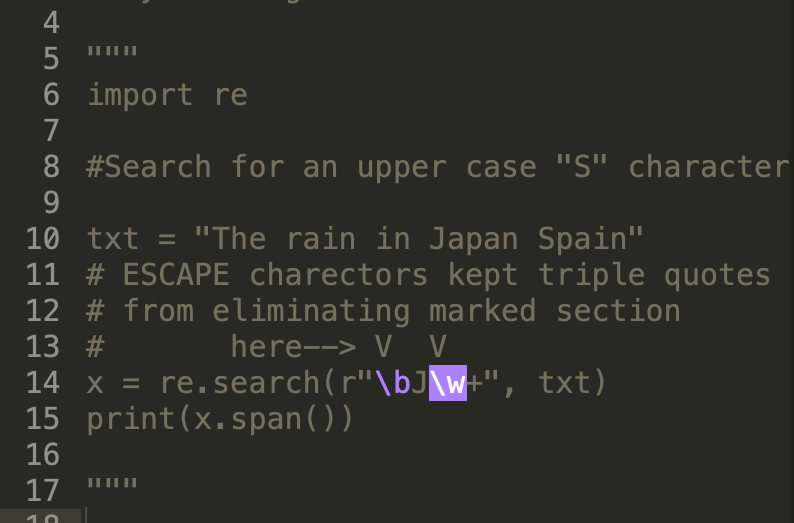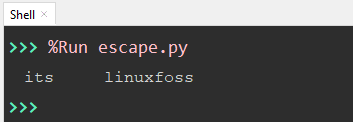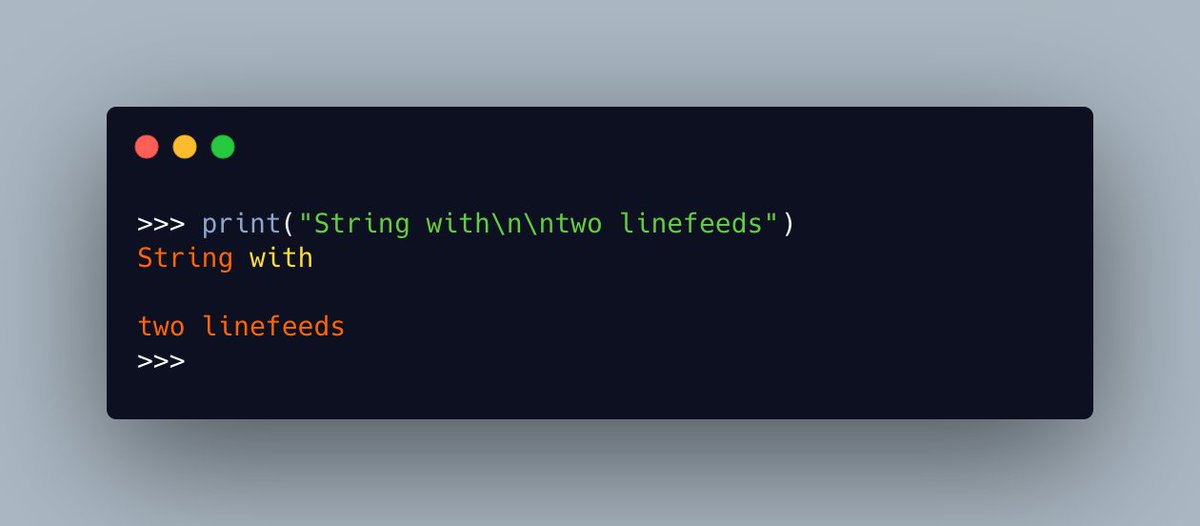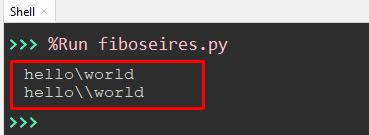Table of Contents
- Escape Sequence in Python ~ Computer Languages (clcoding)
- Escape Characters In … - Ava Hunter
- Escape Characters in Python | Explained with Examples – Its Linux FOSS
- 2. Python Coding for Kids - ' Escape Characters in Python' (Hindi ...
- Escape Characters in Python | Explained with Examples – Its Linux FOSS
- Python, escape character thwarts triple quotes - Technical Support ...
- Python - How to escape characters in string
- Escape Characters in Python | Explained with Examples – Its Linux FOSS
- Today I want to talk about #Python's special escape characters Join me ...
- Escape Characters In Python - Beginner Python Tutorial 🔵🟡 \n and \t ...



What are Python Strings?


Creating Python Strings



Python String Operations
Python provides a range of operations that can be performed on strings, including: Concatenation: Joining two or more strings together using the `+` operator. Repetition: Repeating a string using the `` operator. Indexing: Accessing individual characters in a string using their index. Slicing: Extracting a subset of characters from a string. Here are some examples: ```python # Concatenation str1 = "Hello" str2 = "World" print(str1 + " " + str2) # Output: Hello World # Repetition print("Hello" 3) # Output: HelloHelloHello # Indexing my_string = "Hello" print(my_string[0]) # Output: H # Slicing my_string = "Hello World" print(my_string[0:5]) # Output: Hello ```
Python String Methods
Python provides a range of built-in methods that can be used to manipulate and transform strings. Some common string methods include: lower(): Converts a string to lowercase. upper(): Converts a string to uppercase. split(): Splits a string into a list of substrings. join(): Joins a list of strings into a single string. Here are some examples: ```python # lower() my_string = "Hello World" print(my_string.lower()) # Output: hello world # upper() my_string = "hello world" print(my_string.upper()) # Output: HELLO WORLD # split() my_string = "hello world" print(my_string.split()) # Output: ['hello', 'world'] # join() my_list = ["hello", "world"] print(" ".join(my_list)) # Output: hello world ``` In conclusion, Python strings are a fundamental data type that offers a range of features and functionalities. By mastering Python strings, you can improve your programming skills and work more efficiently with text data. Whether you are a beginner or an experienced programmer, this guide has provided you with a comprehensive understanding of Python strings and how to work with them effectively. With practice and experience, you can become proficient in using Python strings to solve real-world problems and build innovative applications.For more information and examples, you can visit the W3Schools Python Strings tutorial.